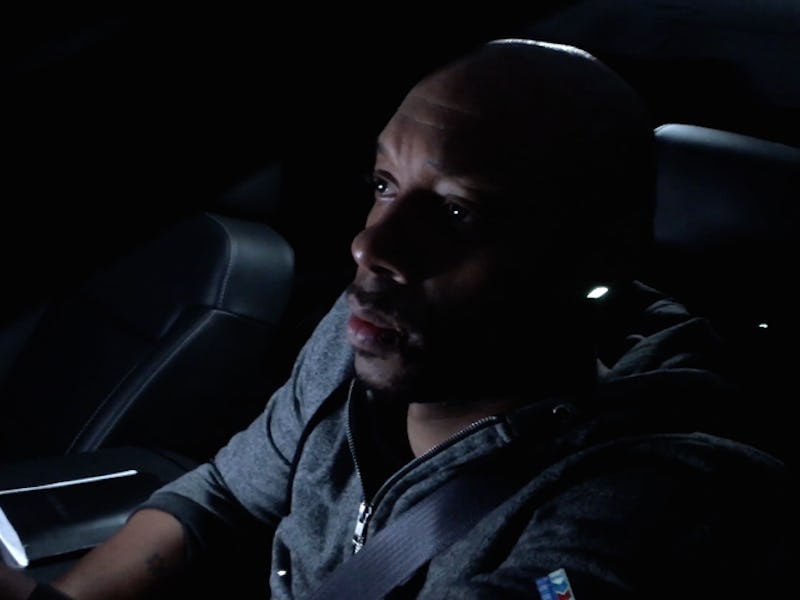'9 Rides' Proves iPhone 6s Could Change the Way Movies Are Made
The SXSW premiere was shot entirely on Apple's newest phone, but is it any good?

Is the medium the message? It’s an eternal question in certain circles, as the cinematic battle between film and digital grows wider with proponents on either side. But for every Quentin Tarantino or Christopher Nolan extolling the nostalgic virtues of celluloid, there are maybe thousands of others who fully embrace the egalitarian functionality of digital. Digital is king until a newer format comes along, and as such, making movies is easier than ever. Case in point: 9 Rides, the new movie by writer-director Matthew A. Cherry that just premiered at SXSW 2016. What separates 9 Rides from the literally hundreds of other movies playing the fest? All the other movies weren’t shot exclusively on an iPhone 6s in 4k resolution.
9 Rides is Cherry’s second feature film, but it wasn’t supposed to be. Before shooting, the entire cast and crew were booked for another film, but a shakeup in the crew forced the movie to halt production. Cherry used the opportunity to throw a new movie together as soon as possible. After days of writing and brainstorming, the film took an improvisatory and shapeless form, with the good-but-not-movie-camera-good resolution on the new iPhone 6s, the only viable option for such a short period of time. In Cherry’s case, the situation necessitated the medium.
Set on New Year’s Eve in L.A., 9 Rides is the story of an Uber driver in crisis. Through nine chapters representing each ride in the film, the nameless driver — played with a heartfelt edge by Dorian Missick — tries to make some extra money on the busiest night of the year. (He hopes that cash may fix a troubled relationship with his fiancee.) But in the middle of his shift, the driver learns potentially devastating news that turns his life upside down. Each of the nine vignettes uncovers a certain sliver of information about the driver, contextualizing his situation. He begins to try and conquer his fears, but a nasty twist of an ending puts it all into question.
Like 2013’s one-man-movie Locke, the intentionally claustrophobic 9 Rides takes place inside of the Uber driver’s car. It’s sharply digital angles almost press against the driver’s face as his night goes from bad to worse — and it’s no doubt because of the iPhone 6s camera that Cherry could achieve such a compressed look.
Still, the film does manage to break free, if only for a moment, circling around the car’s exterior to relieve tension with Michael Mann-esque shots of the brightly lit L.A. night, streaming across the driver’s GMC SUV. Like Collateral — another Mann movie that was also shot digitally and set in L.A. at night — the movie almost functions as a dramatic inner-monologue. Unlike Collateral, 9 Rides doesn’t need a bespoke Tom Cruise firing off rounds to ratchet up the suspense.
The digital format and small scale benefits 9 Rides, which is more of a character study than a thriller. The sometimes bleary glitch-streaks of the shots represent the driver’s inner turmoil. But it’s not all good. Before the film premiered, Cherry warned the SXSW audience that the movie wasn’t completely finished, and blamed the extremely fast shooting schedule. Sometimes it shows. A movie shot on an iPhone 6s isn’t going to look like any normal movie, and it’s something you can get over. But the muddiness of the images and the cheap sound sometimes border on amateurish.
If anything, 9 Rides simply confirms that the kind of camera you use or format you shoot on doesn’t matter, as long as you have a great story — and more importantly, that format makes sense for the story being told. Digital versus film doesn’t need a clear winner; every format complements the movie itself. Technology has come so far that now everybody can direct a movie, but it’ll take moviemakers like Cherry to prove why only some people can make it work.